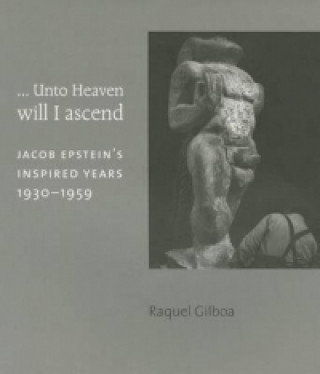
Kód: 05027654
... Unto Heaven Will I Ascend
Autor Raquel Gilboa
As an American living in England, a conscious Jew who utilized Christian symbols, a skillful modeler who introduced direct carving into England, and a modernist who eventually came to dislike abstraction for its own sake, Epstein ... celý popis
- Jazyk:
 Angličtina
Angličtina - Väzba: Brožovaná
- Počet strán: 220
Nakladateľ: Paul Holberton Publishing Ltd, 2013
- Viac informácií o knihe

Mohlo by sa vám tiež páčiť
Darčekový poukaz: Radosť zaručená
- Darujte poukaz v ľubovoľnej hodnote, a my sa postaráme o zvyšok.
- Poukaz sa vzťahuje na všetky produkty v našej ponuke.
- Elektronický poukaz si vytlačíte z e-mailu a môžete ho ihneď darovať.
- Platnosť poukazu je 12 mesiacov od dátumu vystavenia.
Viac informácií o knihe ... Unto Heaven Will I Ascend
Nákupom získate 79 bodov
 Anotácia knihy
Anotácia knihy
As an American living in England, a conscious Jew who utilized Christian symbols, a skillful modeler who introduced direct carving into England, and a modernist who eventually came to dislike abstraction for its own sake, Epstein did not fit neatly into the artistic categories of his time. Apart from his still widely admired naturalistic bronze portraits, Epstein s oeuvre remains poorly understood and his reputation is dominated by his famous Rock Drill from before World War I. As this book shows, Epstein remained an avant-garde artist throughout his life, even if he ignored modernist dogma as well as man-in-the-street prudery. Gilboa s text reveals the man in all his genius, interpreting many works in the light of Epstein s personal circumstances.In an atmosphere of polarized attitudes to art and polite anti-Semitism at the end of the 1920s growing rather less polite thereafter, the outsider Jew Epstein deliberately became estranged from London s art world. He responded to society s attitude towards him in a series of bold projects the monumental Genesis (1930) and Primeval Gods (1931 32); the smaller carvings Chimera and Elemental (1932); Behold the Man (1934 35); Consummatum Est (1938 39); Adam (1938) and Jacob and the Angel (1940); the bronze Lucifer (1944 45) and again a carving, Lazarus (1947). One cannot ignore the symbolic names of these sculptures. The discussion in this book will reveal that in each case the name has a definite relation to the sculpture s theme and essence, as well as to the personal concerns of the sculptor.Almost all of these sculptures that Epstein produced from the 1930s aroused a public outcry, causing one critic to state that a new carving by Mr. Epstein good, bad or indifferent can still steal the headlines when criminal assault, private or political, is out of season . It was only during the 1950s, following the trauma and emotional shock of World War II, that new requirements for the expression of ideas and emotions rather than for mere forms with which to play renewed the demand for an Epstein and his kind of content sculpture, mainly in public commissions. Epstein, by then in his seventies, was flooded with work, and his sculpture which employed Christian imagery to convey universal ideas of consolation and hope to a war-weary England became newly relevant, gaining him the status of grand old master of English sculpture.
 Parametre knihy
Parametre knihy
Zaradenie knihy Knihy po anglicky The arts Art forms Non-graphic art forms
31.77 €
- Celý názov: ... Unto Heaven Will I Ascend
- Autor: Raquel Gilboa
- Jazyk:
 Angličtina
Angličtina - Väzba: Brožovaná
- Počet strán: 220
- EAN: 9781907372490
- ISBN: 1907372490
- ID: 05027654
- Nakladateľ: Paul Holberton Publishing Ltd
- Hmotnosť: 1224 g
- Rozmery: 282 × 243 × 22 mm
- Dátum vydania: 19. July 2013
Obľúbené z iného súdka
-

Final Fantasy Vii Remake: Material Ultimania
34.50 € -15 % -

World Of Cyberpunk 2077
32.88 € -19 % -

The Complete Art Of Guild Wars
33.59 € -17 % -

Legend Of Zelda, The: Breath Of The Wild - Creating A Champion
46.64 € -7 % -
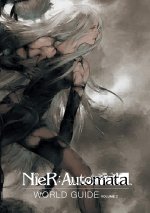
Nier: Automata World Guide Volume 2
36.93 € -9 % -

World Of Tom Clancy's The Division
36.52 € -8 % -

Final Fantasy Vii Remake: World Preview
21.95 € -15 % -

BoJack Horseman: The Art Before the Horse
32.27 € -10 % -
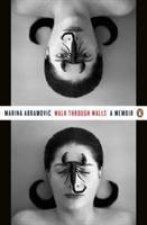
Walk Through Walls
11.73 € -20 % -

Resident Evil 7: Biohazard Document File
31.26 € -

Tanzanite: Born from Lightning
65.47 € -15 % -
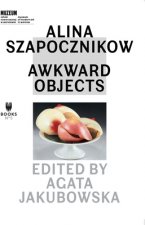
Alina Szapocznikow - Awkward Objects
30.96 € -5 % -
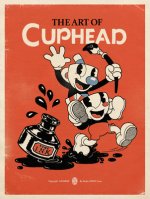
Art Of Cuphead
36.32 € -11 % -

The Art of Dead Space
34.20 € -4 % -
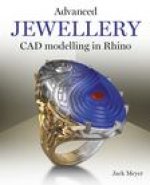
Advanced Jewellery CAD Modelling in Rhino
29.94 € -15 % -

Art Of Doom: Eternal
32.88 € -19 % -

Final Fantasy XIV Shadowbringers
34.20 € -16 % -

Super Mario Encyclopedia
39.05 € -22 % -
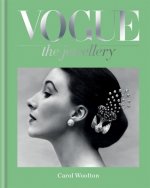
Vogue The Jewellery
33.18 € -24 % -
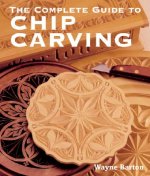
Complete Guide to Chip Carving
16.69 € -21 % -

Final Fantasy Vii Poster Collection
22.46 € -13 % -

Castlevania: The Art Of The Animated Series
38.95 € -4 % -

Art Of Star Wars Jedi: Fallen Order
37.74 € -7 % -
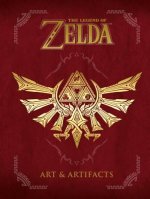
Legend Of Zelda, The: Art & Artifacts
39.05 € -22 % -

Gwent: Art Of The Witcher Card Game
34.20 € -14 % -

Modelling and Sculpting the Human Figure
15.37 € -19 % -

Art of Assassin's Creed III
24.48 € -21 % -
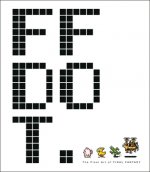
Ff Dot: The Pixel Art Of Final Fantasy
27.31 € -

Art Of The Last Of Us Part Ii Deluxe Edition
83.38 € -7 % -
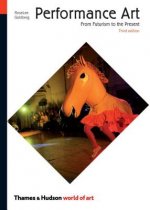
Performance Art
27.62 € -13 % -
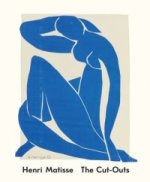
Henri Matisse: The Cut-Outs
32.37 € -23 % -

Dota 2: The Comic Collection
26 € -23 % -
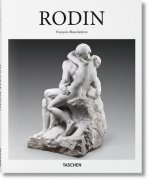
Rodin
16.38 € -23 % -
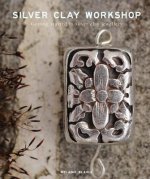
Silver Clay Workshop
18.51 € -23 % -
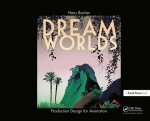
Dream Worlds: Production Design for Animation
53.12 € -18 % -
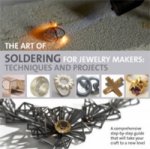
Art of Soldering for Jewellery Makers
16.38 € -23 % -

Art Of Halo Infinite
34.40 € -15 % -
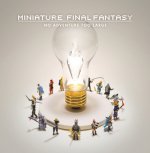
Miniature Final Fantasy
20.13 € -5 % -
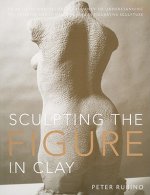
Sculpting the Figure in Clay
26.61 € -20 % -

21st-Century Jewellery Designers
71.03 € -7 % -
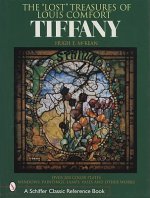
Lt Treasures of Louis Comfort Tiffany: Windows, Paintings, Lamps, Vases, and Other Works
47.65 € -5 % -

Creating Stylized Characters
30.55 € -18 % -
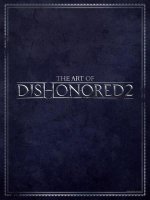
Art Of Dishonored 2
51.60 € -23 % -
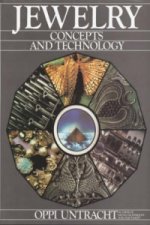
Jewelry Concepts and Technology
101.80 € -

Art Of Mass Effect: Andromeda
34.50 € -13 % -

Art of the Japanese Sword
45.83 € -

Art Of Super Mario Odyssey
41.89 € -17 % -

Art Of Star Wars Rebels
33.49 € -17 % -

Polishing and Finishing for Jewellers and Silversmiths
12.24 € -15 %
Osobný odber Bratislava a 2642 dalších
Copyright ©2008-24 najlacnejsie-knihy.sk Všetky práva vyhradenéSúkromieCookies



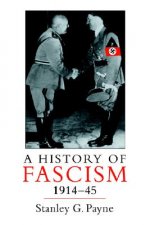

 21 miliónov titulov
21 miliónov titulov Vrátenie do mesiaca
Vrátenie do mesiaca 02/210 210 99 (8-15.30h)
02/210 210 99 (8-15.30h)